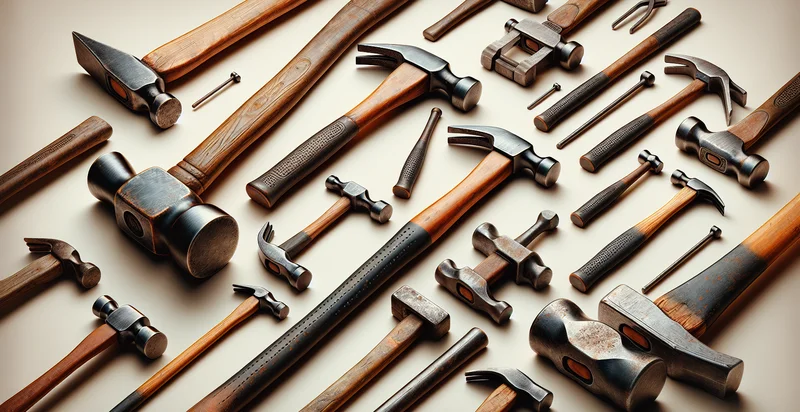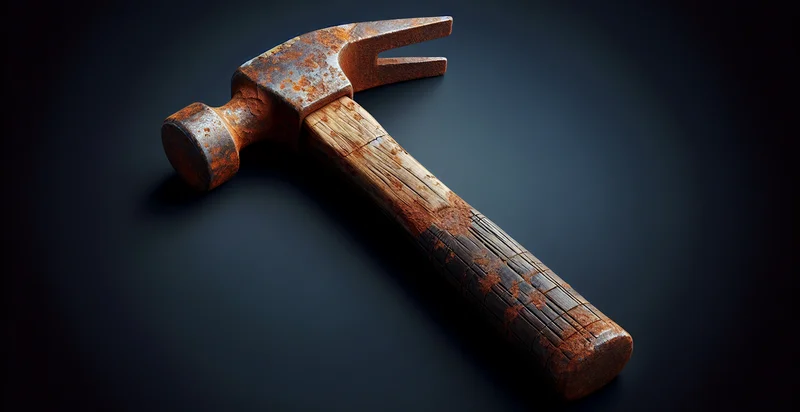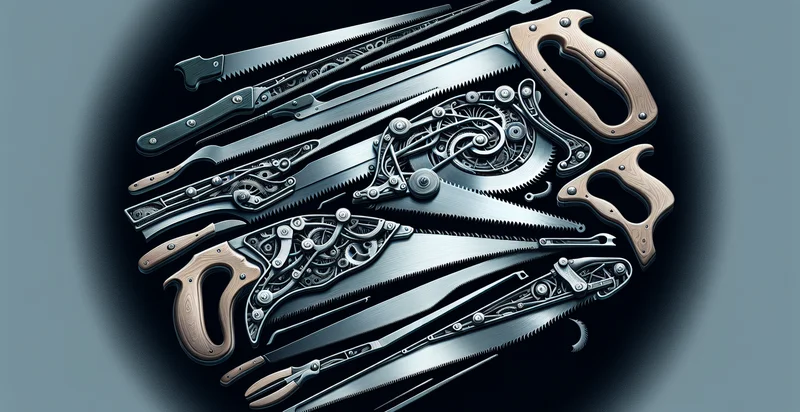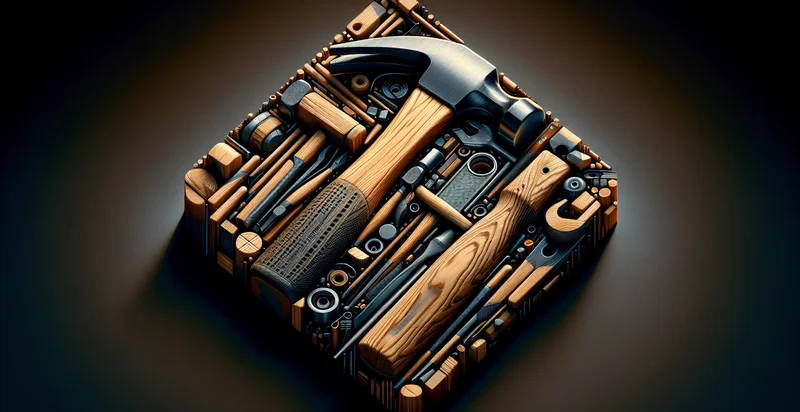Identify hammer type
using AI
Below is a free classifier to identify hammer type. Just upload your image, and our AI will predict what type of hammer it is - in just seconds.

Contact us for API access
Or, use Nyckel to build highly-accurate custom classifiers in just minutes. No PhD required.
Get started
import nyckel
credentials = nyckel.Credentials("YOUR_CLIENT_ID", "YOUR_CLIENT_SECRET")
nyckel.invoke("hammer-type", "your_image_url", credentials)
fetch('https://www.nyckel.com/v1/functions/hammer-type/invoke', {
method: 'POST',
headers: {
'Authorization': 'Bearer ' + 'YOUR_BEARER_TOKEN',
'Content-Type': 'application/json',
},
body: JSON.stringify(
{"data": "your_image_url"}
)
})
.then(response => response.json())
.then(data => console.log(data));
curl -X POST \
-H "Content-Type: application/json" \
-H "Authorization: Bearer YOUR_BEARER_TOKEN" \
-d '{"data": "your_image_url"}' \
https://www.nyckel.com/v1/functions/hammer-type/invoke
How this classifier works
To start, upload your image. Our AI tool will then predict what type of hammer it is.
This pretrained image model uses a Nyckel-created dataset and has 10 labels, including Ball Peen Hammer, Claw Hammer, Cross Peen Hammer, Dead Blow Hammer, Framing Hammer, Rubber Mallet, Sledge Hammer, Swing Hammer, Tack Hammer and Wrecking Hammer.
We'll also show a confidence score (the higher the number, the more confident the AI model is around what type of hammer it is).
Whether you're just curious or building hammer type detection into your application, we hope our classifier proves helpful.
Related Classifiers
Need to identify hammer type at scale?
Get API or Zapier access to this classifier for free. It's perfect for:
- Industrial Quality Control: The 'hammer type' identifier can be utilized in manufacturing environments to automatically sort and classify various types of hammers during the quality assurance process. This ensures that only the correct type of hammer is packaged and shipped, reducing errors and minimizing returns.
- E-commerce Product Validation: Online retailers could leverage the classification function to verify that the correct hammer types are depicted in product listings. This ensures that customers receive the item they ordered, which can enhance customer satisfaction and reduce return rates.
- Tool Rental Management: Tool rental businesses can use this function to streamline the identification and categorization of hammers as they are returned. Accurate classification helps in tracking inventory and ensuring that the right tools are available for rent, ultimately improving operational efficiency.
- Maintenance and Repair Services: Repair technicians can utilize the 'hammer type' identifier to quickly determine the appropriate tools needed for a specific repair task. This increases efficiency during on-site jobs, as technicians can promptly select the correct hammer type without unnecessary delays.
- Augmented Reality (AR) Training: Educational applications can incorporate the classification function into AR training programs for aspiring tradespeople. By accurately identifying hammer types, the system can offer tailored tutorials, enhancing the learning experience and ensuring students understand the correct applications of each tool.
- Automated Inventory Systems: Warehouses and tool distributors can implement this image classification to automate inventory management processes. By accurately classifying hammers, operations can streamline restocking, reduce manual errors, and improve overall stock accuracy.
- Robotics and Automation: In automated assembly lines, the 'hammer type' identifier can be integrated into robotic systems to select and utilize the correct hammer type for various assembly tasks. This allows for greater precision in manufacturing processes, thus enhancing production quality and reducing wastage.


